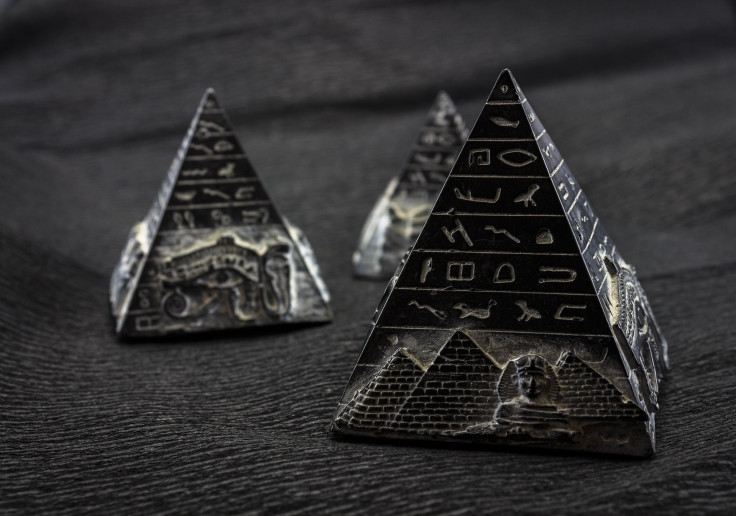The Use Of Poop In Medical Treatments Throughout History

It may be gross, but poop has been one of the most readily available substances in the history of life on Earth — so why not use it for medicinal purposes?
Humans have been using excrement in health remedies since ancient times, believe it or not, and we're still using it today. Despite poop’s propensity for spreading disease, it does have some benefits. With tremendous advancements in medicine, particularly over the last hundred years, excrement has gone from a cure-all to a targeted treatment.
The History channel lists human and animal excrement as a favorite of ancient Egyptian doctors for both diseases and injuries, and it wasn’t necessarily a bad thing. “Donkey, dog, gazelle and fly dung were all celebrated for their healing properties and their ability to ward off bad spirits. While these repugnant remedies may have occasionally led to tetanus and other infections, they probably weren’t entirely ineffective — research shows the microflora found in some types of animal dung contain antibiotic substances.” And the BBC notes that the ancient Egyptians used crocodile dung as a form of contraception, among the various materials they tried.
A little further along in human history, nosebleeds could have been treated with “warm hog’s dung,” according to the Guardian. And in 1600s Ireland, “father of chemistry” Robert Boyle treated cataracts by drying human poop into powder and blowing it into the eye. There was also excrement being used to treat epilepsy in that same country 100 years later — or more specifically “the dung of an infant pulverized.”
In recent years, aside from such rare cases as the Chinese woman who believes her poop tea cured her of cancer, stool didn’t have much of a use in medicine other than as a diagnostic tool.
Enter: the fecal transplant.
During this procedure, stool from a donor is placed in a patient as a way to add good gut bacteria that help fight off infection. The recipient might have a digestive or autoimmune disease such as Crohn’s Disease, Ulcerative Colitis or Irritable Bowel Syndrome.
It turns out forms of this practice — formally known as Fecal Microbiota Transplant, or FMT — have been around for some time, so maybe our ancestors really knew what they were talking about. According to the Fecal Transplant Foundation, the procedure was known as “yellow soup” in 4th-century China, and in some parts of the world a baby will be given some of its mother’s stool to assist the infant’s immune system and colon. It even has been used in veterinary medicine.

It is not yet widely used in the United States — The Fecal Transplant Foundation estimates that fewer than 500 Americans have received the treatment over the years.
The modern use of this treatment aside, it’s probably safe to say that other ancient uses of poop in medicine, such as the powdered cataract treatment, are unlikely to return to common practice.



























